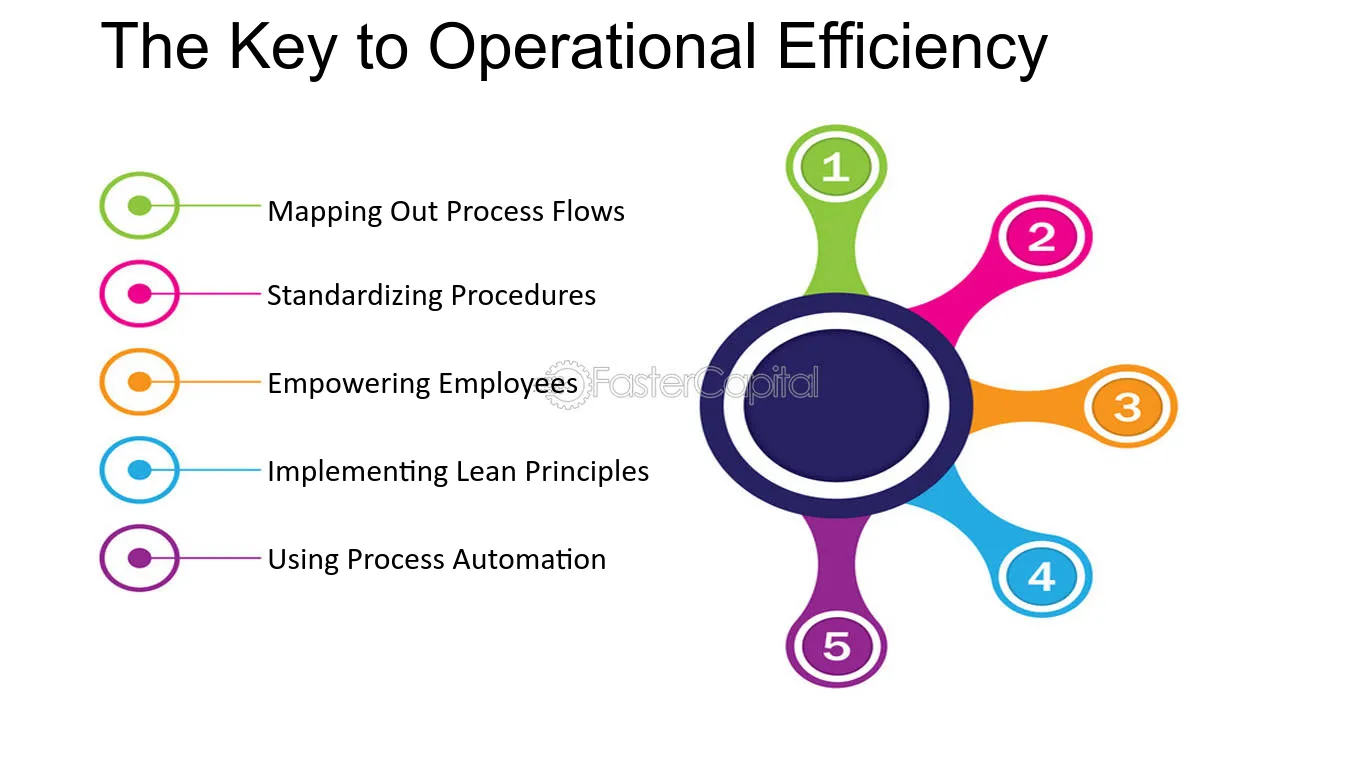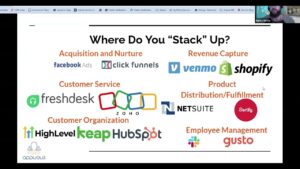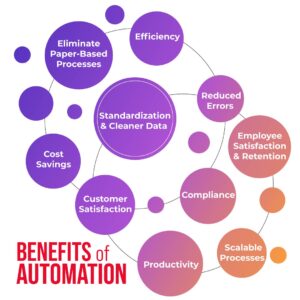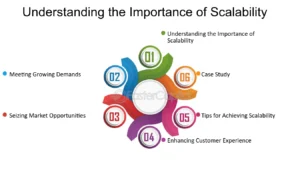Enhancing Operational Efficiency for Sustainable Business Growth
Operational efficiency drives business success by optimizing workflows, reducing waste, and streamlining processes, leading to better resource allocation and sustainable growth.
Introduction:
In today’s fast-paced business environment, improving operational efficiency is crucial for staying competitive and scaling effectively. Operational efficiency refers to how well your business can deliver products or services using the least amount of resources while maintaining high quality. By optimizing workflows, automating processes, and reducing waste, businesses can enhance productivity and profitability. In this article, we’ll explore the key strategies for boosting operational efficiency and how they can fuel sustainable growth.
What is Operational Efficiency?
Operational efficiency is the ability of a business to produce its goods or services in the most cost-effective manner while maintaining quality. It involves streamlining processes, minimizing waste, and leveraging tools and technologies that improve output without increasing input.
Key Benefits of Improving Operational Efficiency:
- Cost Reduction: Streamlining processes reduces unnecessary expenses and resource waste.
- Increased Productivity: Optimized workflows allow employees to focus on high-value tasks, enhancing overall productivity.
- Higher Profit Margins: When operations are more efficient, profit margins increase without requiring additional resources.
How to Improve Operational Efficiency in Your Business
Improving operational efficiency doesn’t require overhauling your entire business model. It’s often a matter of making incremental improvements that lead to significant results over time.
1. Automate Repetitive Tasks
One of the easiest ways to boost efficiency is by automating repetitive tasks. Tools like Zapier and Vendasta allow businesses to connect apps and automate processes, reducing the time spent on manual tasks like data entry, email follow-ups, and customer support.
2. Streamline Communication
Effective communication is key to improving operational efficiency. Tools like Slack and Microsoft Teams keep team members connected, enabling real-time collaboration and reducing the need for lengthy email chains or meetings.
3. Optimize Supply Chain Management
For businesses dealing with inventory or production, optimizing the supply chain can significantly improve efficiency. Tools like Katana Cloud Inventory provide real-time tracking of stock levels, ensuring smooth operations and preventing bottlenecks.
4. Leverage Data Analytics
Using data to identify inefficiencies and areas for improvement is crucial for optimizing operations. Tools like HubSpot offer insights into customer behavior and team performance, enabling you to make data-driven decisions that improve workflows and resource allocation.
5. Employee Training and Development
Investing in employee training ensures that your team can perform tasks more efficiently. Well-trained employees are more productive, make fewer errors, and are better equipped to use tools that enhance efficiency.
Tools for Boosting Operational Efficiency
Choosing the right tools can have a significant impact on how efficiently your business runs. Below are some of the top tools designed to help streamline operations and boost productivity:
1. Zapier – Workflow Automation
Zapier automates workflows by connecting apps and automating tasks like sending emails, updating spreadsheets, and creating tasks in project management systems. This saves time and reduces the likelihood of human error.
2. Katana Cloud Inventory – Inventory Management
Katana provides real-time inventory tracking and production management, making it easier for businesses to monitor stock levels, fulfill orders, and optimize production workflows.
3. HubSpot – CRM and Data Analytics
HubSpot offers CRM, marketing, and sales tools that provide valuable insights into customer interactions and team performance. These insights allow businesses to optimize their workflows and improve customer engagement.
4. Slack – Communication Tool
Slack simplifies team communication by providing real-time messaging, file sharing, and integration with other tools. This reduces the need for lengthy meetings and improves team collaboration.
5. Trello – Task and Project Management
Trello helps businesses manage tasks and projects efficiently by providing a clear overview of deadlines, progress, and responsibilities. This improves accountability and ensures that projects stay on track.
Common Challenges in Achieving Operational Efficiency
While improving operational efficiency offers numerous benefits, it can also present challenges. Here are a few obstacles businesses may face and how to overcome them:
1. Resistance to Change
Employees may resist changes to workflows, particularly if they are accustomed to doing things a certain way. Overcome this by involving team members in the decision-making process and providing adequate training for new tools or processes.
2. Integration Issues
Implementing new tools can sometimes lead to integration challenges, especially if your current systems are outdated. To avoid disruptions, choose tools that integrate well with your existing software and processes.
3. High Upfront Costs
While investing in efficiency-boosting tools or employee training may require an initial financial outlay, the long-term benefits of reduced costs and increased productivity often outweigh the upfront expenses.
FAQs
What is operational efficiency in business?
Operational efficiency refers to a company’s ability to deliver goods or services using minimal resources while maintaining high quality. It involves optimizing workflows, automating tasks, and reducing waste.
How does operational efficiency benefit businesses?
Improved operational efficiency leads to cost savings, increased productivity, and higher profit margins. It also enables businesses to scale more easily without requiring additional resources.
What tools can help improve operational efficiency?
Automation tools like Zapier, inventory management systems like Katana, and communication platforms like Slack are all excellent tools for improving operational efficiency.
How can I reduce resistance to new processes?
Involve employees in the decision-making process and provide thorough training for any new tools or workflows. Emphasizing the benefits of increased efficiency can help ease the transition.
What are the main challenges in achieving operational efficiency?
Common challenges include resistance to change, integration issues with new tools, and the upfront costs of implementing efficiency-boosting technologies.
Top Tools to Simplify and Scale Your Business
- Zapier – Automates workflows across apps, saving time on manual tasks.
- Katana Cloud Inventory – Tracks inventory in real-time, streamlining production and order fulfillment processes.
- HubSpot – Offers CRM, marketing, and sales tools to optimize workflows and provide actionable insights.
- Slack – Improves team collaboration with real-time messaging and file-sharing capabilities.
- Trello – Manages tasks and projects effectively, keeping teams accountable and on track.
Keywords: operational efficiency, business growth, workflow automation, task management, supply chain optimization, inventory management, productivity tools, automation tools







